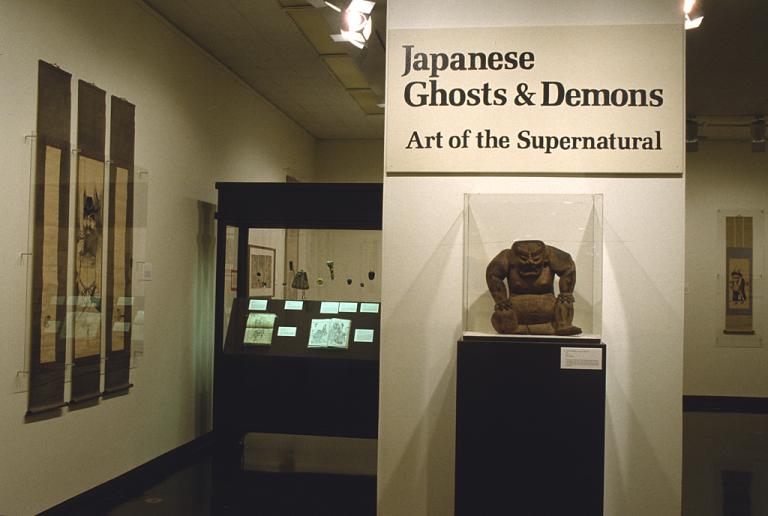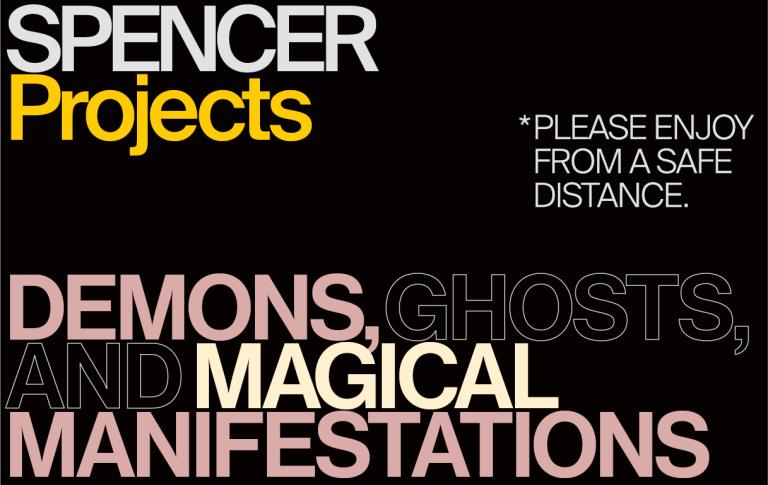Nissaka (The Nightly Weeping Rock), Utagawa Kuniyoshi; Iba-ya Sensaburo
Artwork Overview
Utagawa Kuniyoshi, artist
1797–1861
Iba-ya Sensaburo, publisher
Nissaka (The Nightly Weeping Rock),
circa 1845–1846, Edo period (1600–1868)
Portfolio/Series title: Tōkaidō gojūsantsui (The 53 Parallels of the Tōkaidō Road) (Fifty-three Ghosts of the Tōkaidō)
Where object was made: Japan
Material/technique: color woodcut
Dimensions:
Image Dimensions Height/Width (Height x Width): 353 x 226 mm
Image Dimensions Height/Width (Height x Width): 13 7/8 x 8 7/8 in
Sheet/Paper Dimensions (Height x Width): 359 x 239 mm
Sheet/Paper Dimensions (Height x Width): 14 1/8 x 9 7/16 in
Mat Dimensions (Height x Width): 19 x 14 in
Image Dimensions Height/Width (Height x Width): 353 x 226 mm
Image Dimensions Height/Width (Height x Width): 13 7/8 x 8 7/8 in
Sheet/Paper Dimensions (Height x Width): 359 x 239 mm
Sheet/Paper Dimensions (Height x Width): 14 1/8 x 9 7/16 in
Mat Dimensions (Height x Width): 19 x 14 in
Credit line: Gift of H. Lee Turner
Accession number: 1968.0001.064
Not on display
If you wish to reproduce this image, please submit an image request












